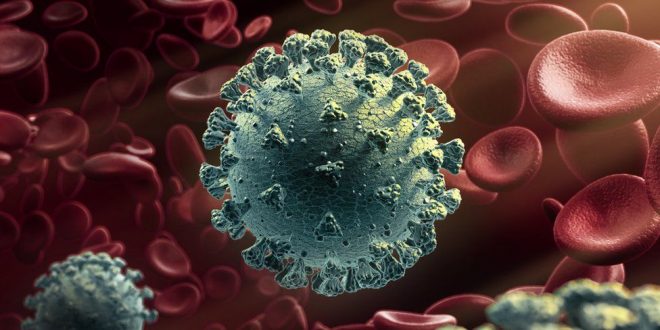The UK and California variants of coronavirus appear to have combined into a heavily mutated hybrid, sparking concern that we may be entering a new phase of the covid-19 pandemic
Two variants of the SARS-CoV-2 coronavirus that causes covid-19 have combined their genomes to form a heavily mutated hybrid version of the virus. The “recombination” event was discovered in a virus sample in California, provoking warnings that we may be poised to enter a new phase of the pandemic.
The hybrid virus is the result of recombination of the highly transmissible B.1.1.7 variant discovered in the UK and the B.1.429 variant that originated in California and which may be responsible for a recent wave of cases in Los Angeles because it carries a mutation making it resistant to some antibodies.
The recombinant was discovered by Bette Korber at the Los Alamos National Laboratory in New Mexico, who told a meeting organised by the New York Academy of Sciences on 2 February that she had seen “pretty clear” evidence of it in her database of US viral genomes.
If confirmed, the recombinant would be the first to be detected in this pandemic. In December and January, two research groups independently reported that they hadn’t seen any evidence of recombination, even though it has long been expected as it is common in coronaviruses.
Unlike regular mutation, where changes accumulate one at a time, which is how variants such as B.1.1.7 arose, recombination can bring together multiple mutations in one go. Most of the time, these don’t confer any advantage to the virus, but occasionally they do.
Recombination can be of major evolutionary importance, according to François Balloux at University College London. It is considered by many to be how SARS-CoV-2 originated.
Recombination could lead to the emergence of new and even more dangerous variants, although it isn’t yet clear how much of a threat this first recombination event might pose.
Korber has only seen a single recombinant genome among thousands of sequences and it isn’t clear whether the virus is being transmitted from person to person or is just a one-off.
Recombination commonly occurs in coronaviruses because the enzyme that replicates their genome is prone to slipping off the RNA strand it is copying and then rejoining where it left off. If a host cell contains two different coronavirus genomes, the enzyme can repeatedly jump from one to the other, combining different elements of each genome to create a hybrid virus.
The recent emergence of multiple variants of the new coronavirus may have created the raw material for recombination because people can be infected with two different variants at once.
“We may be getting to the point when this is happening at appreciable rates,” says Sergei Pond at Temple University in Pennsylvania, who keeps an eye out for recombinants by comparing thousands of genome sequences uploaded to databases. He says there is still no evidence of widespread recombination, but that “coronaviruses all recombine, so it’s a question of when, not if”.
The implications of the finding aren’t yet clear because very little is known about the recombinant’s biology. However, it does carry a mutation from B.1.1.7, called Δ69/70, which makes the UK virus more transmissible, and another from B.1.429, called L452R, which can confer resistance to antibodies.
“This kind of event could allow the virus to have coupled a more infectious virus with a more resistant virus,” Korber said at the New York meeting.
Lucy van Dorp at University College London says that she hadn’t yet heard about the recombinant, but “would not be overly surprised if some cases start to be detected”.
NewScientist
Graham Lawton
 Lebanese Ministry of Information
Lebanese Ministry of Information



